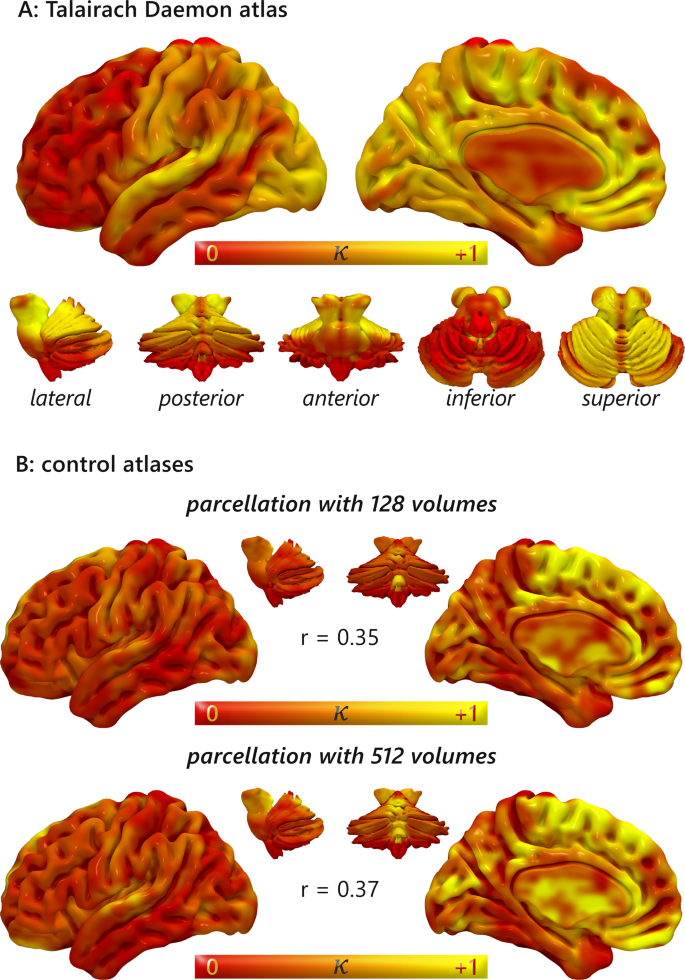
The seminal work of Watts and Strogatz on the structural neuronal organization of the nematode Caenorhabditis elegans together with the introduction of power-law and scale-free graphs by Barabasi and Albert (Barabasi & Albert, 1999 Watts & Strogatz, 1998) have founded this new research field, and the number of published works in the field of network neuroscience has been on a steep growth curve ever since (see Figure 1). This framework thereby may be exclusively able to combine the best of both worlds in a quantitative and theory-governed manner. The very existence of the journal in which this manuscript is published indicates a new era in neuroscience: After centuries of exploration of these opposing views separately, network neuroscience offers a mathematical framework and model of the brain that combines global integration and local specialization in both structural and functional networks. This view was supported by for instance Jean Pierre Flourens and Karl Lashley.


The opposing view has centered on the unitary, integrative nature of the brain, assuming it impossible to attribute particular functions to either structure or function of particular brain regions. Proponents of this localizationist view were for instance Franz Joseph Gall and Paul Broca. The first stipulates that the brain consists of separate parts or components, each responsible for a particular function.

What are the large-scale network principles governing neuronal communication, cognition, and ultimately human behavior? In history, there have been two main views on the neural correlates of behavior.


 0 kommentar(er)
0 kommentar(er)
